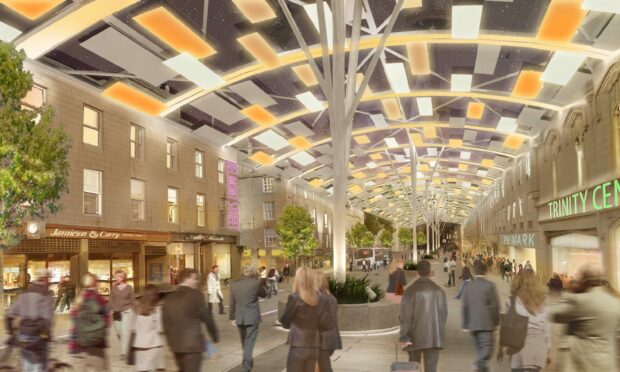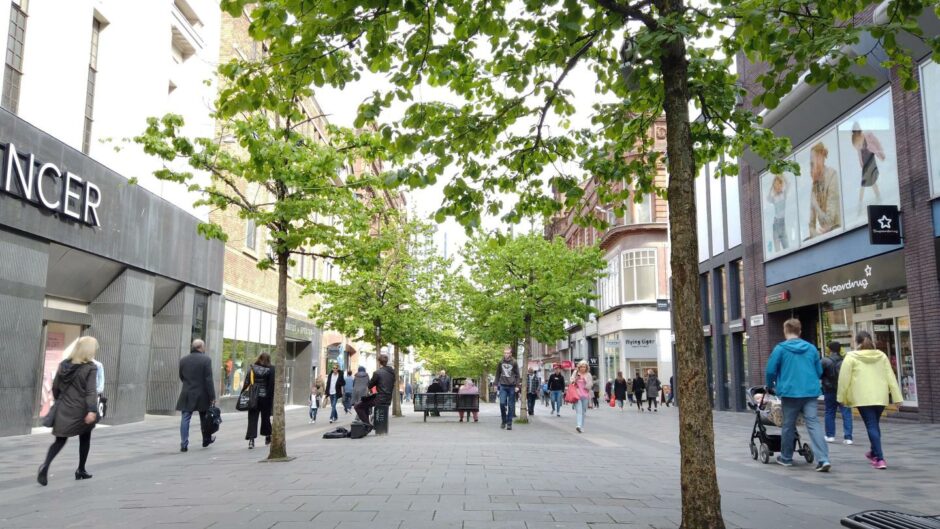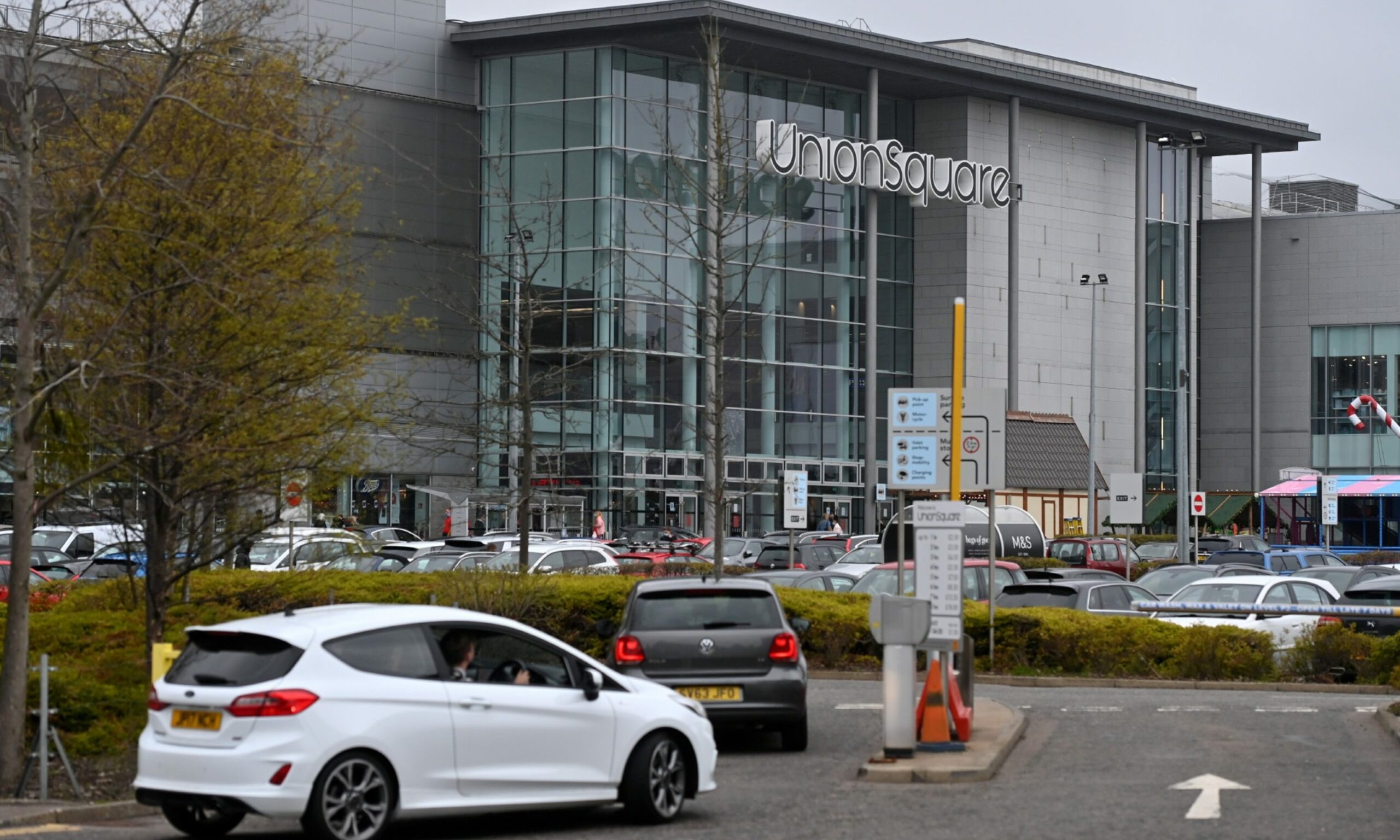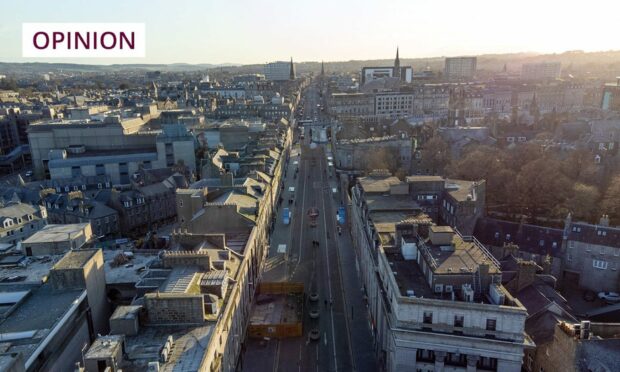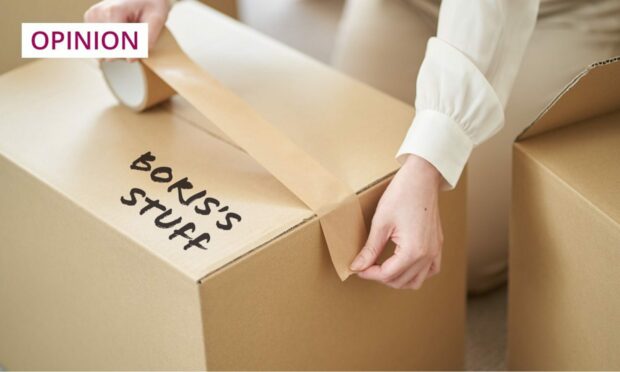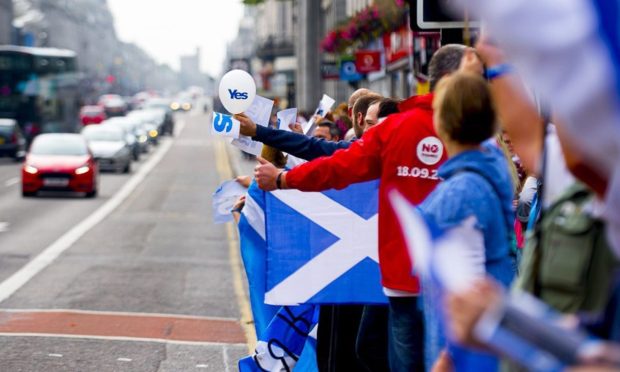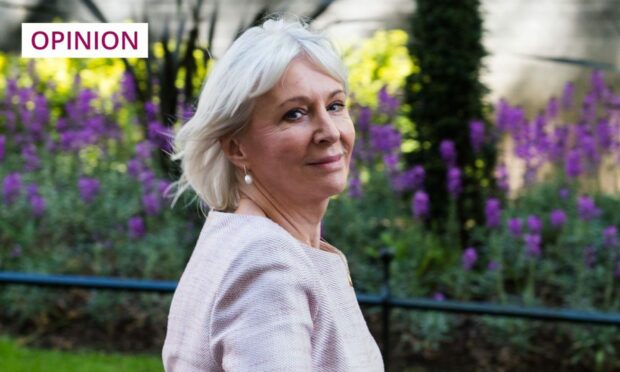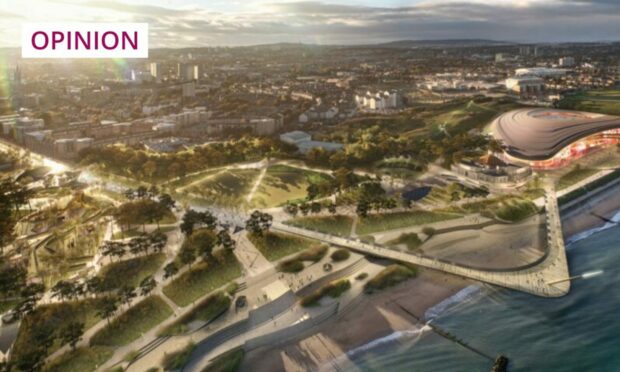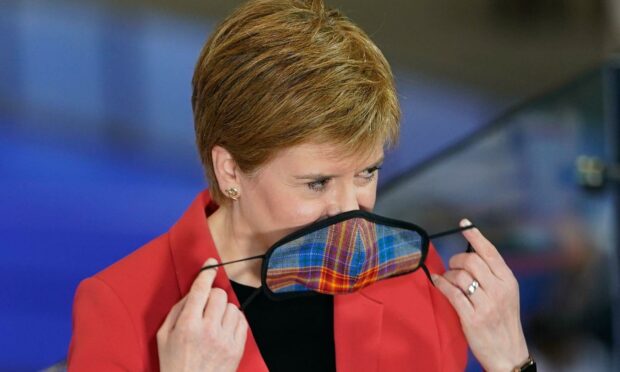I remember reading a poem at school about Glasgow and shopping. It’s an uneasy memory and I’m unsure if the poem, as I remember it, really exists.
Something about Sauchiehall Street and a couple, wrapped up and looking at an exhibition, like Ideal Homes. Not quite as violent as Edwin Morgan’s Glasgow ‘5th March 1971’ and posher than Liz Lochhead’s ‘The Bargain’, I’ve never been able to identify it. Maybe it didn’t exist.
Regardless, this poem, probably persuaded into a slightly different shape by an anecdote of a teacher, has stuck with me as an early imprint of Glasgow. I’m not sure I was ever there until I was 18. I thought of it as a plush, romantic, rainy place – Blue Nile’s A Walk Across The Rooftops, couples in crumpled Mackintosh raincoats, soft friendly accents and a degree of grandness.
Sadness over struggles of Sauchiehall
With that in mind, it is with sadness that I read about the struggles of Sauchiehall and Buchanan Street. Although I’ve not been in Glasgow for a while I had begun to think of them as the last great high street shopping experiences in Scotland, recently succumbing to the same ‘changing shopping habits’ which have afflicted other cities for longer.
Recent stories about Marks and Spencer’s on Sauchiehall closing join the reports of the collapse of the House of Fraser building. Proposed demolition and major redevelopment of the Buchanan Galleries is one plan to redevelop the area.
My thoughts turn to our own city. We’re continuing the debate about how to reinvigorate a Union Street that has been suffering since long before March 2020. How best we use the vacuums created by shops like Debenhams and the brutalist beast that is the former John Lewis. Whether we allow cars back on Union Street or not.
The back and forth rumbles on, slowly. It would be too handy to use the metaphor of a First Bus trundling along Broad St, Marischal College reflected in the windows.
Debate continues over Union Street pedestrianisation
These things require a degree of teasing out though. It probably isn’t as simple a question as ‘to be pedestrianised or not’. Cards on the table, I am in favour of removing cars from our city centre as far as we can and I’d clear an area of far more footprint than now.
I was formerly in favour of pedestrianising Belmont Street and environs, when it was suggested five or six years ago. But we do need to balance these ideas with access and sustainable, active travel. We also need a well connected public transport system.
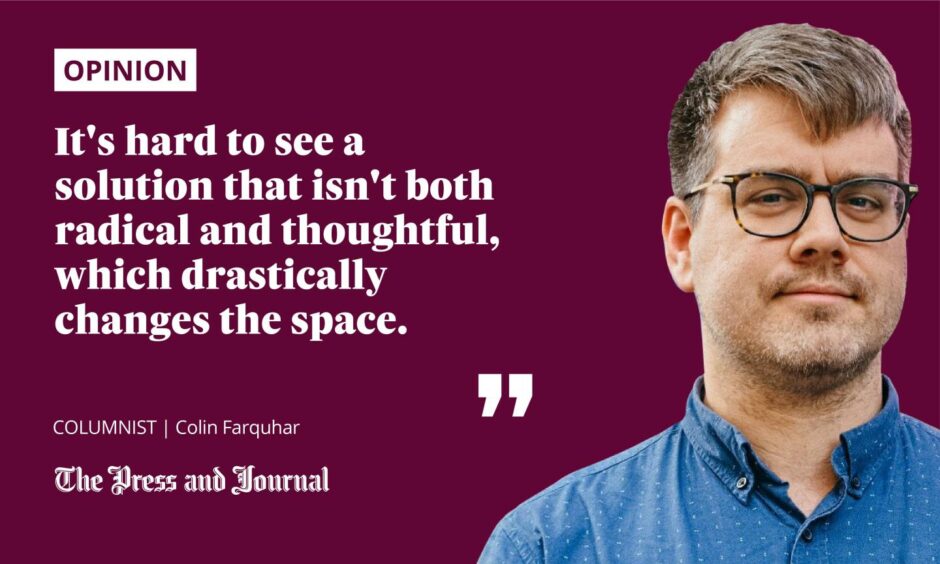
Most businesses across hospitality, leisure, arts and culture within the city centre support wider pedestrian areas too, as the limits of high street retail are shown to us.
It’s difficult to suggest that the reintroduction of traffic to Union Street solves the problem, given that the signs of faltering were evident far before Spaces For People. Although we don’t have a Buchanan Gallery to knock down, it’s hard to see a solution that isn’t both radical and thoughtful, which drastically changes the space.
The current circumstance doesn’t cut it for most however and it’s unsurprising. A walk down Union Street at night right now is rather drab. It feels empty and as retail ebbs away, prior to real change being made, it may well for a while.
But we have to believe that change is possible and that people can be inspired back into our city centre. It’s a case of staying the course.
Footfall can be pivoted back with the right offering
Ironically I always find Union Square is a handy example of a City’s footfall being pivoted wholesale to a different locale – I remember Belmont Street before Union Square existed. It’s a truth that the right offer can pivot it back, or at least grab an even share.
I think of Ljubljana, which I visited just before the pandemic in 2019. It’s not a perfect comparison. Although it’s a city that’s only a bit bigger than Aberdeen, it’s also a cultural centre in a way that only capitals really can be.
‘The climate is better’ detractors of cafe culture will say! However, this is a city that has managed to achieve an incredible balance of access for both individuals and businesses in a largely pedestrianised city centre. Environmentally friendly, visitor friendly and business friendly. Visit Scotland certainly seems to think that Aberdeen is worth shouting about and outdoor city cultures exist in places far chillier than here.
Arts and culture can contribute to a thriving city centre
Certainly the arts and culture sector of the city is up for the challenge and will play its part. Recent awards like the Community Renewal Fund to Culture Aberdeen and Aberdeen Performing Arts will show how art can contribute to a thriving and reimagined City Centre. The callout for artists is entitled All The City’s A Stage. Here’s an extract from the callout I was struck by – ‘Artists are creative problem solvers, can help unlock and drive civic innovation, have the creative skills to enact change, transform the urban realm and they are resourceful risk takers. We want to ensure that our city is defined by its creative solutions going forward and not our problems.’
It can’t solve every issue and the investment is a drop in the ocean on what is ultimately needed but I couldn’t agree more with the statement.
Creativity, transformation and risk is how we get our public city space back, from arts to infrastructure, whether that be public sculptures and installations, or glass canopies o’er cobbles. From Holburn Street, to Castlegate and beyond, that is how we rebuild our town for the common good.
Colin Farquhar is head of cinema operations for Belmont Filmhouse in Aberdeen
